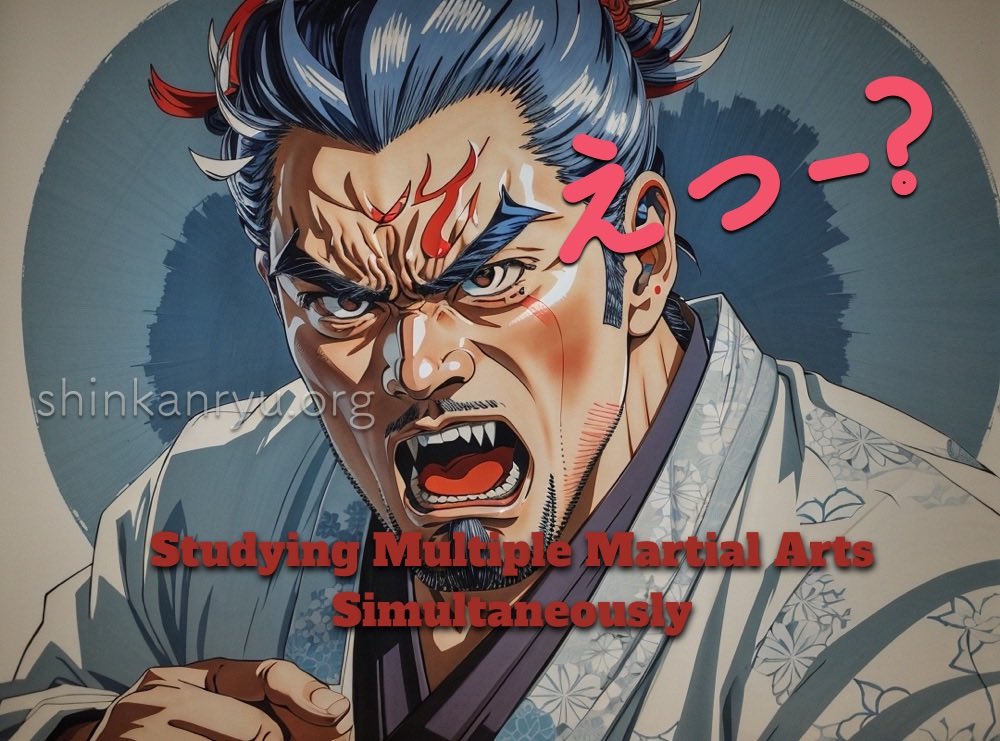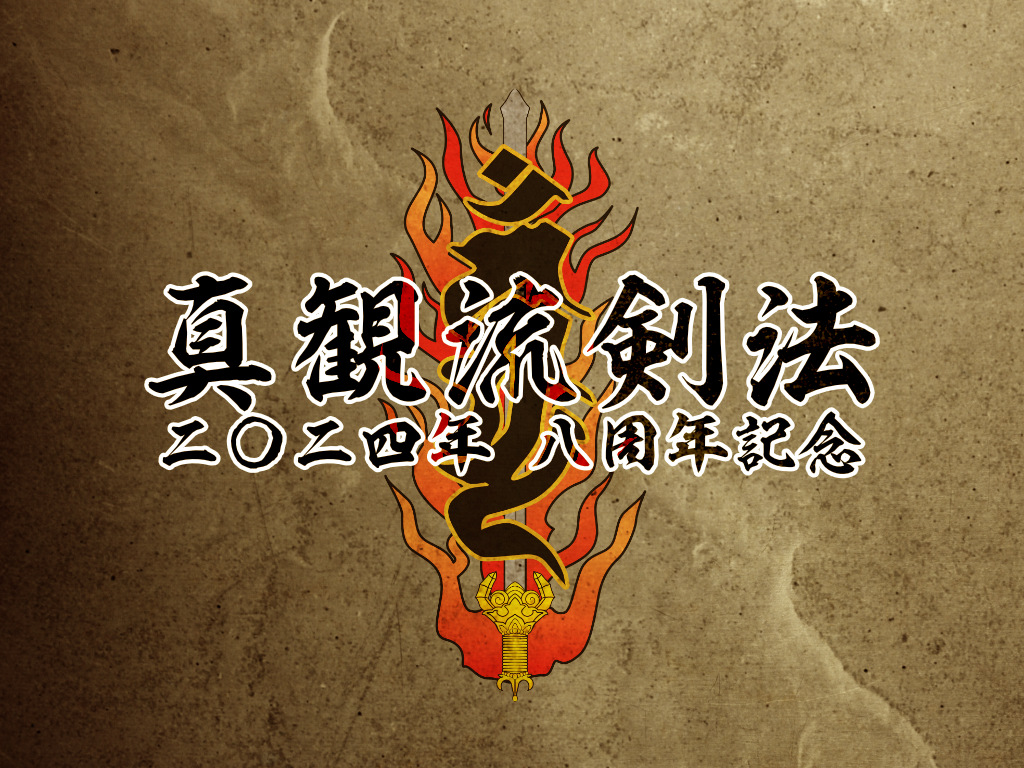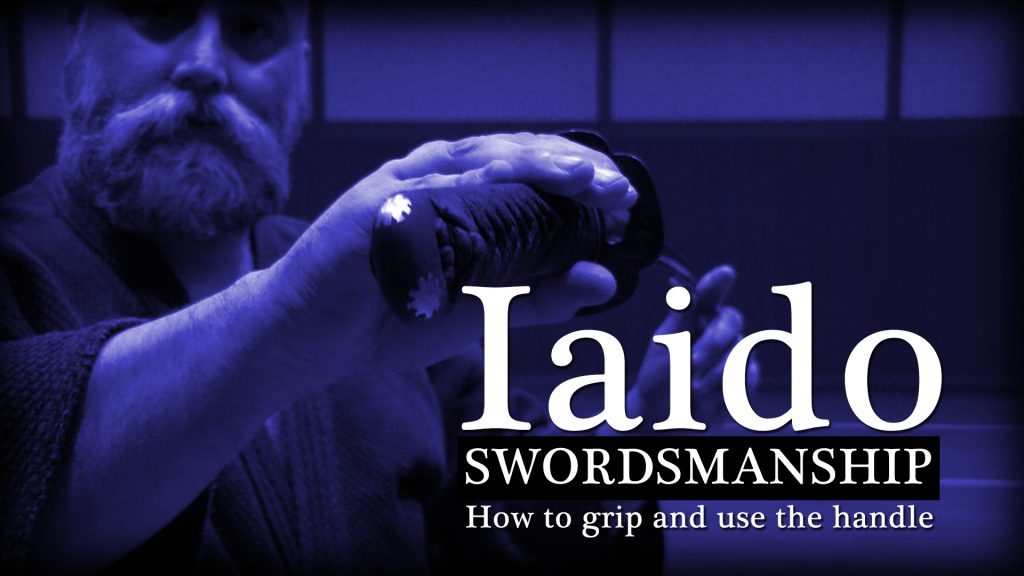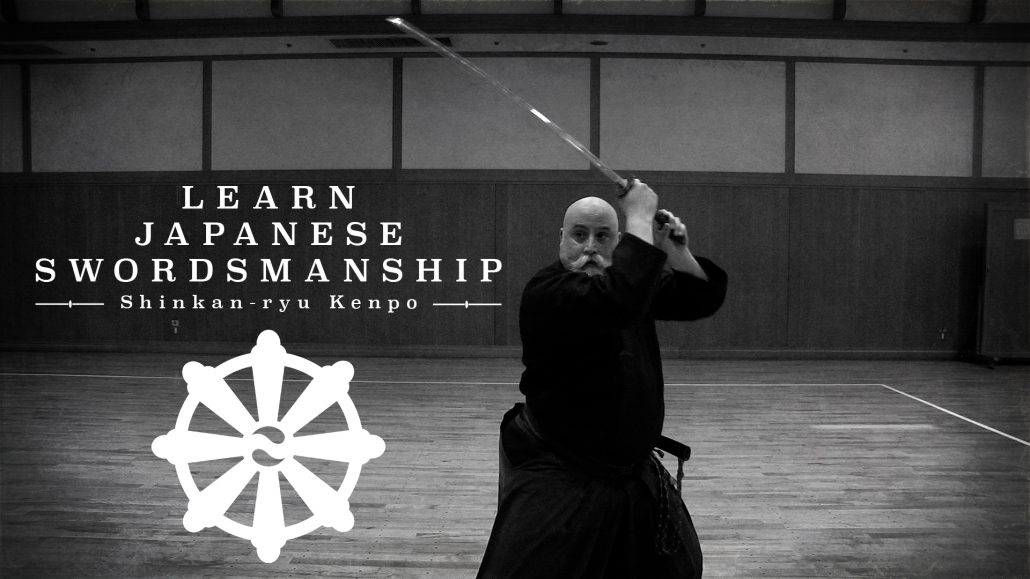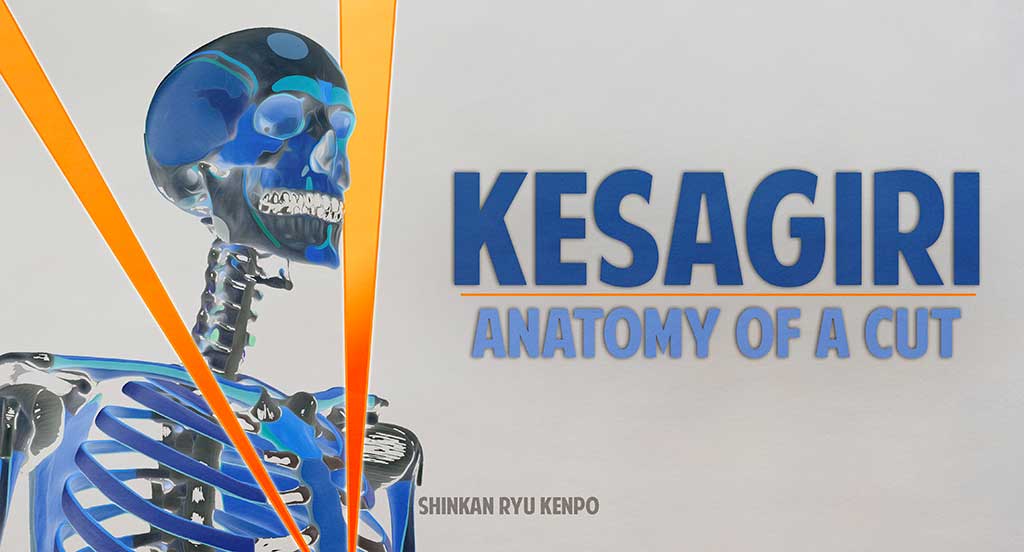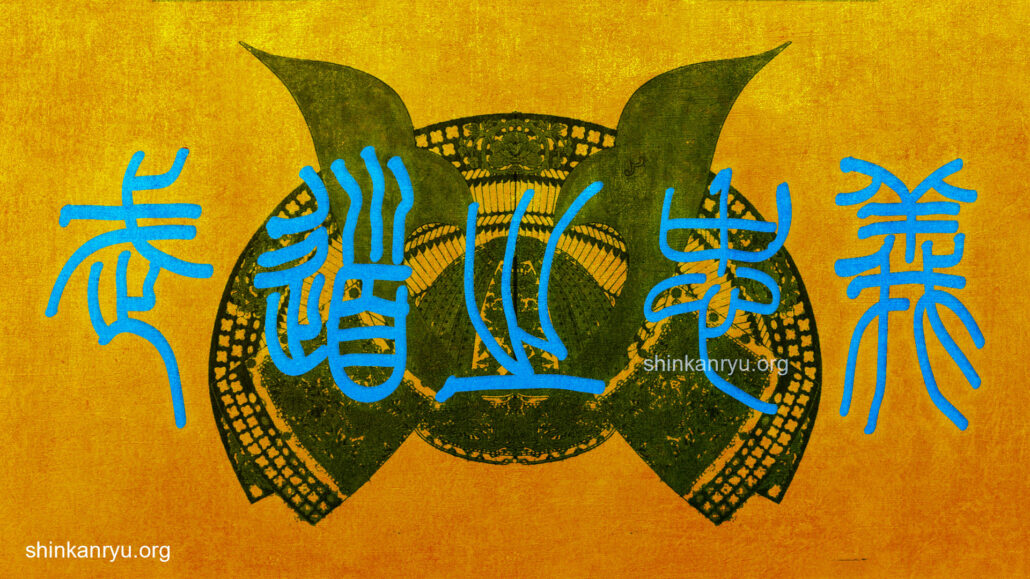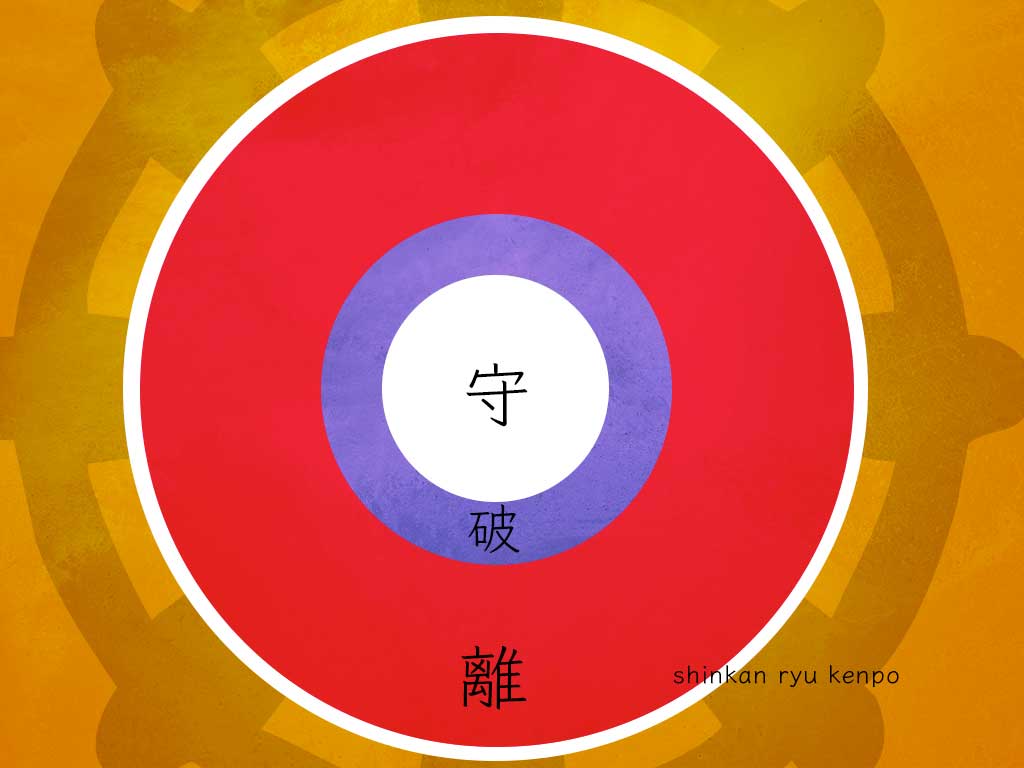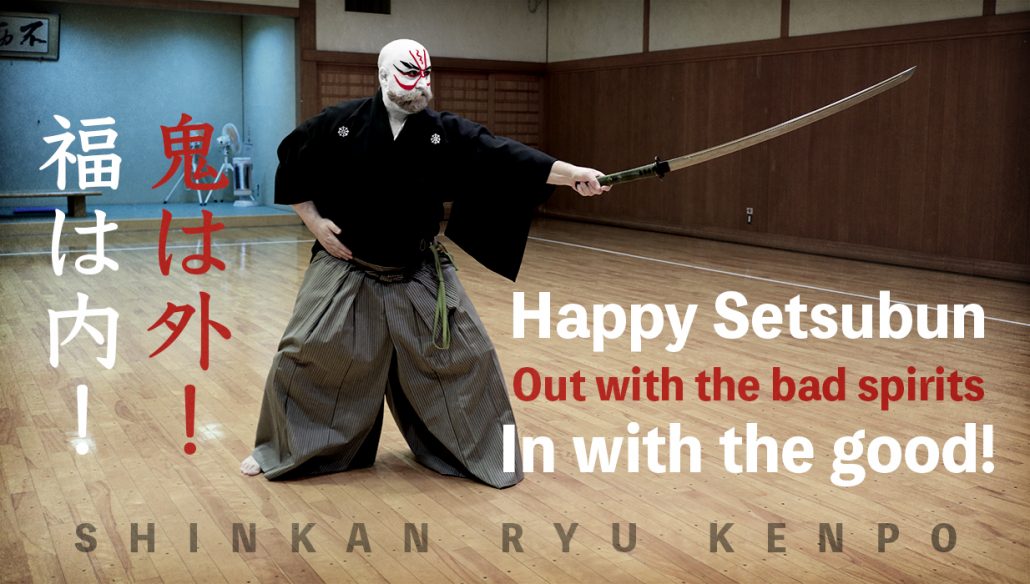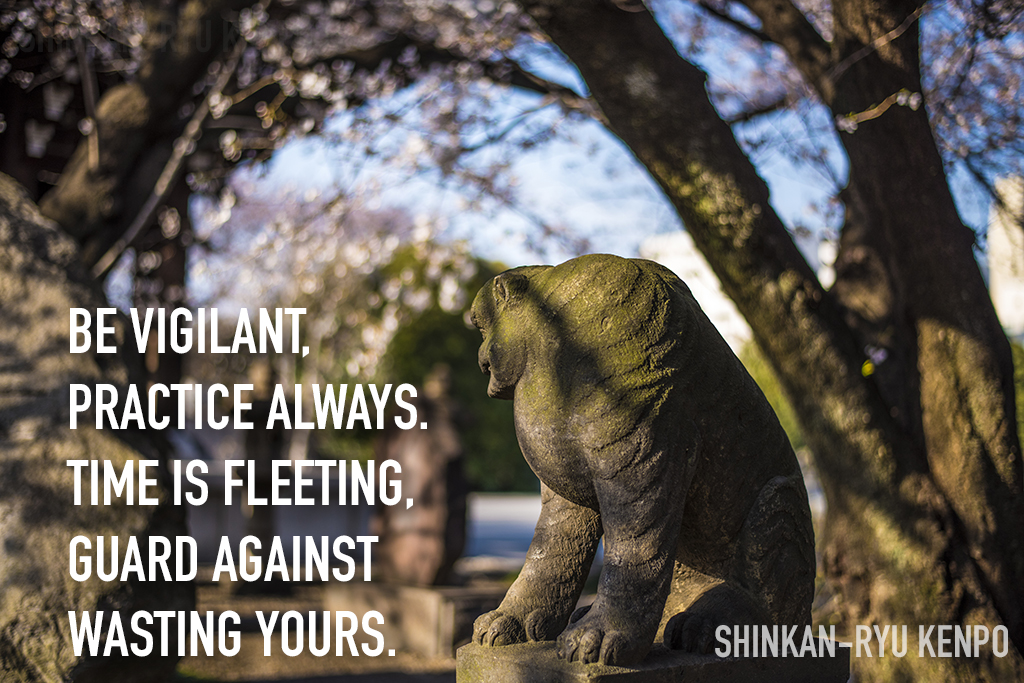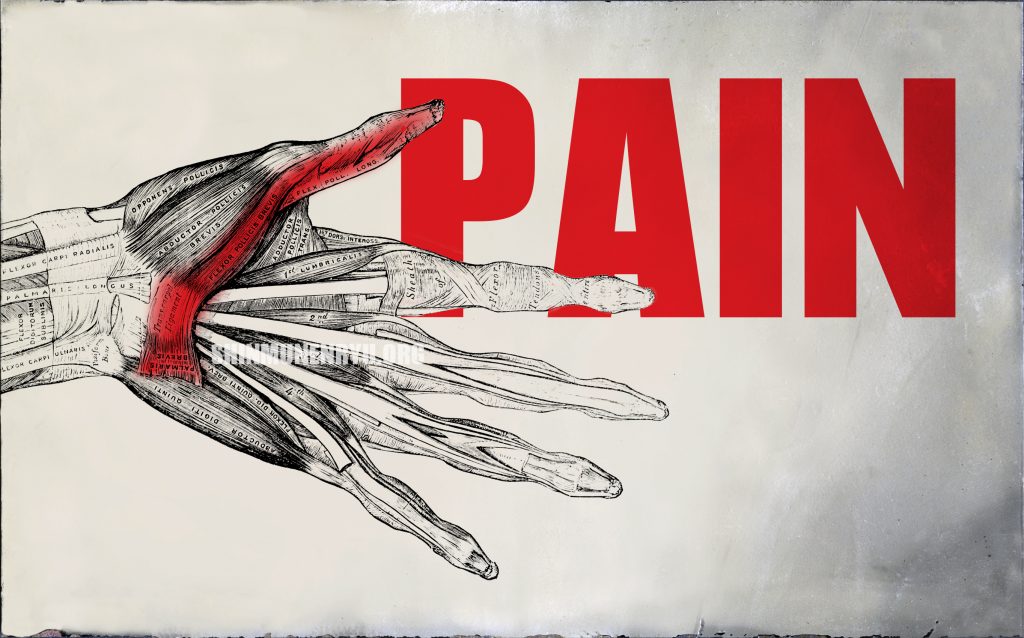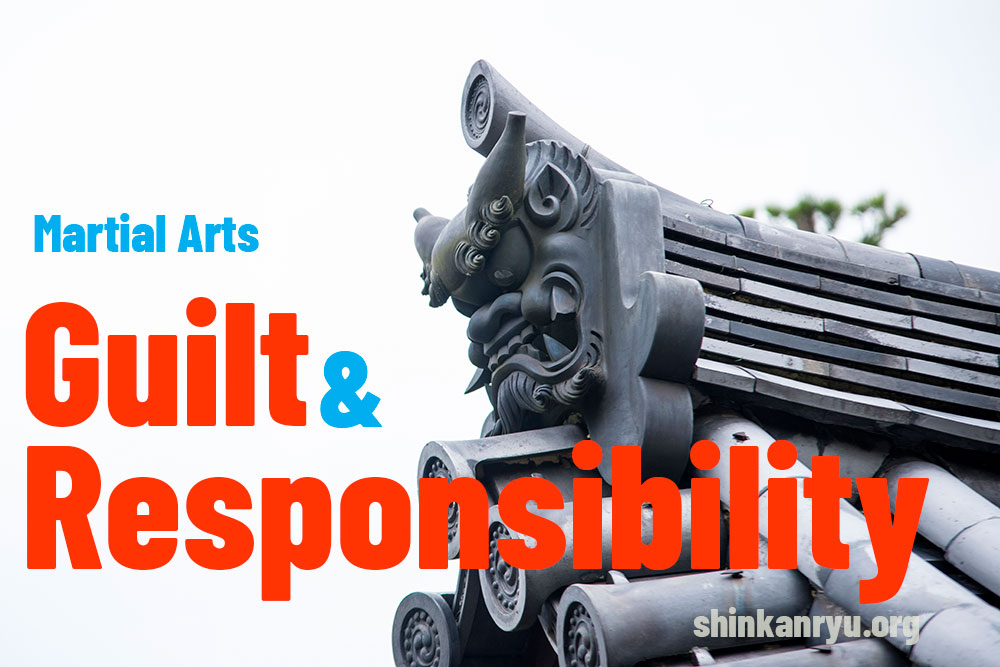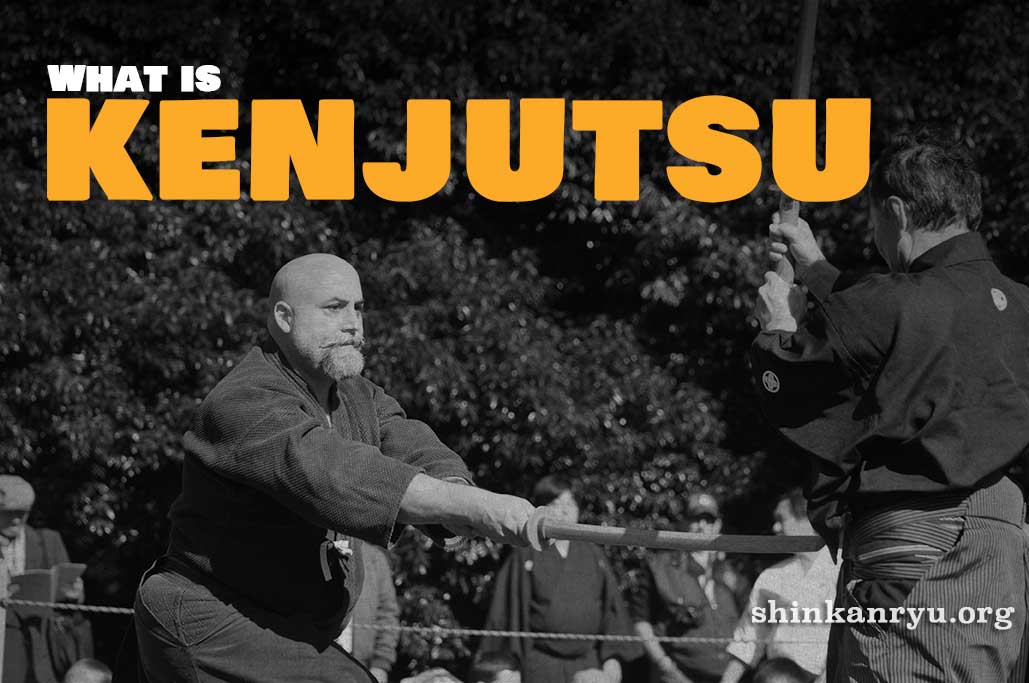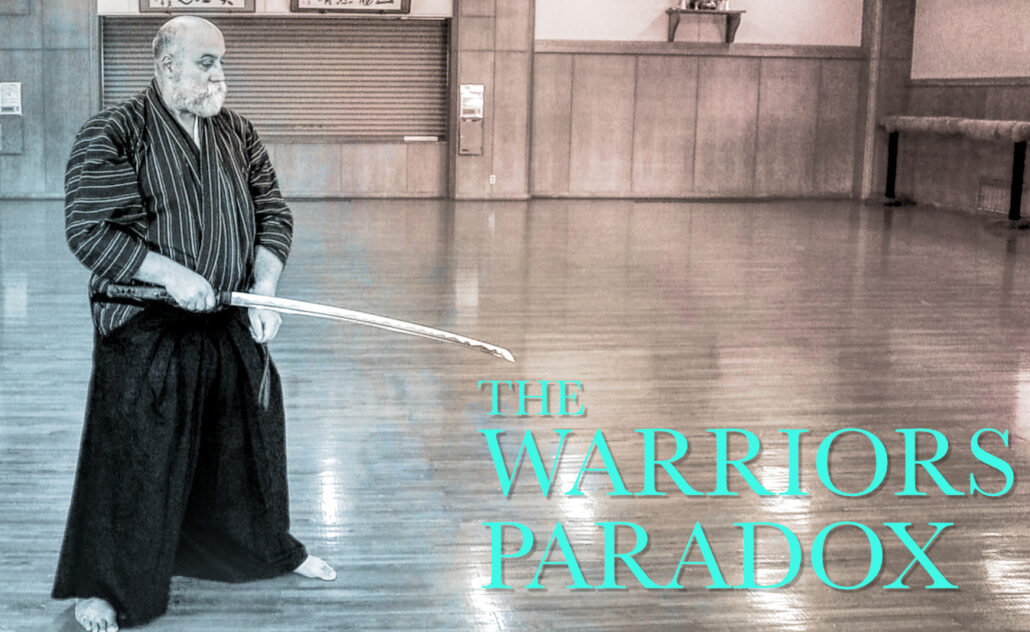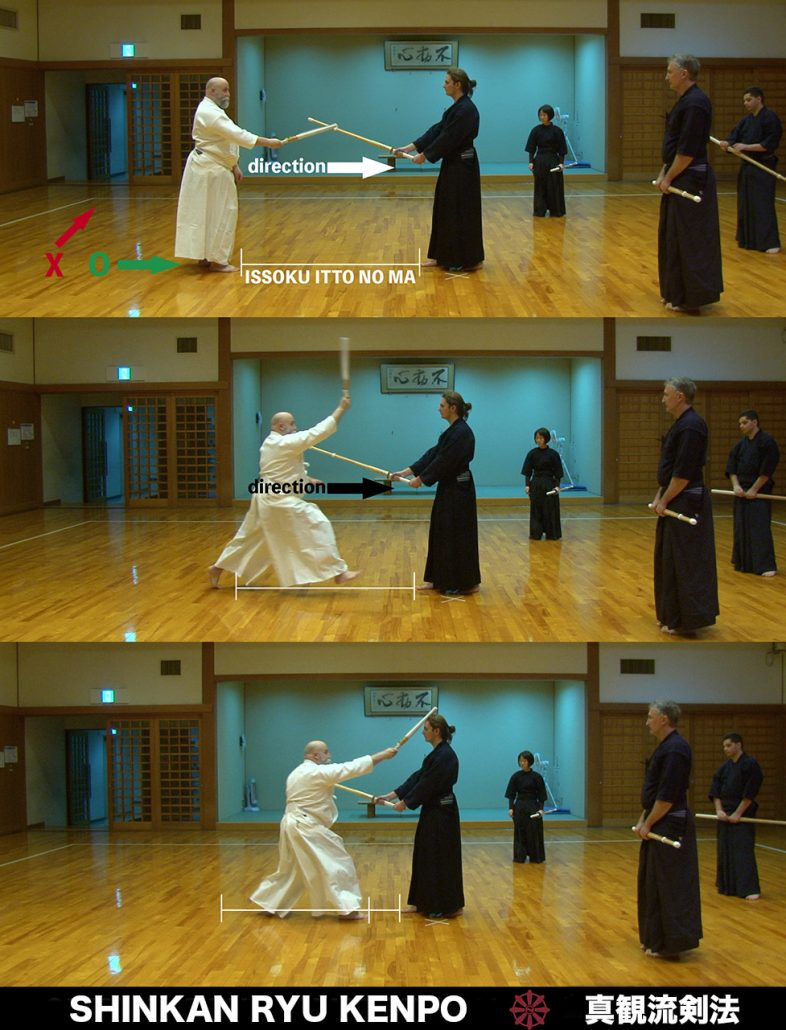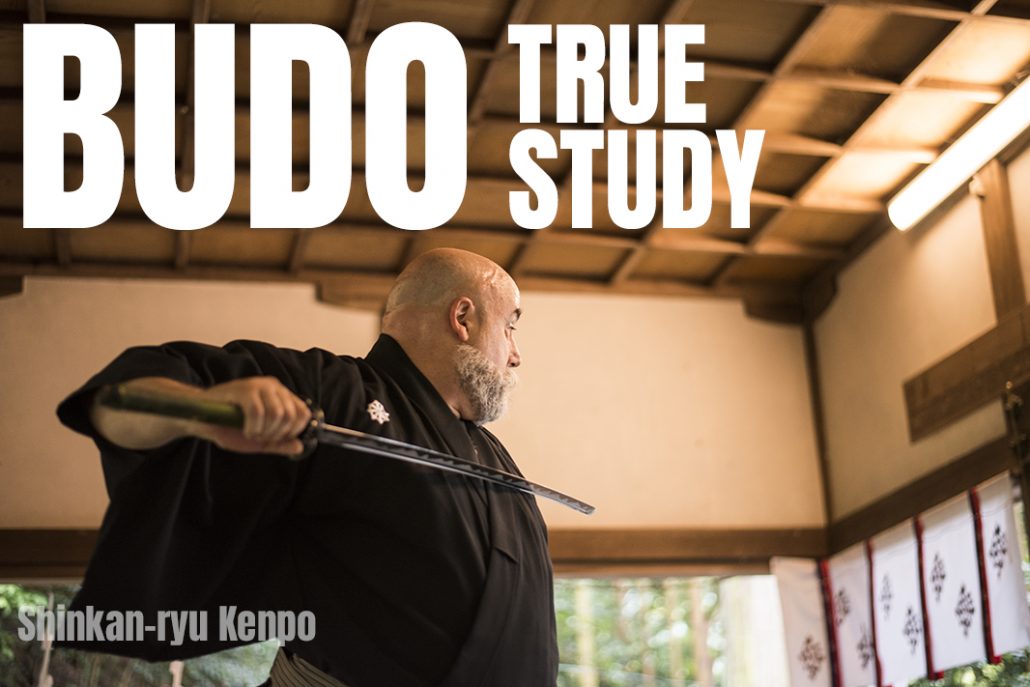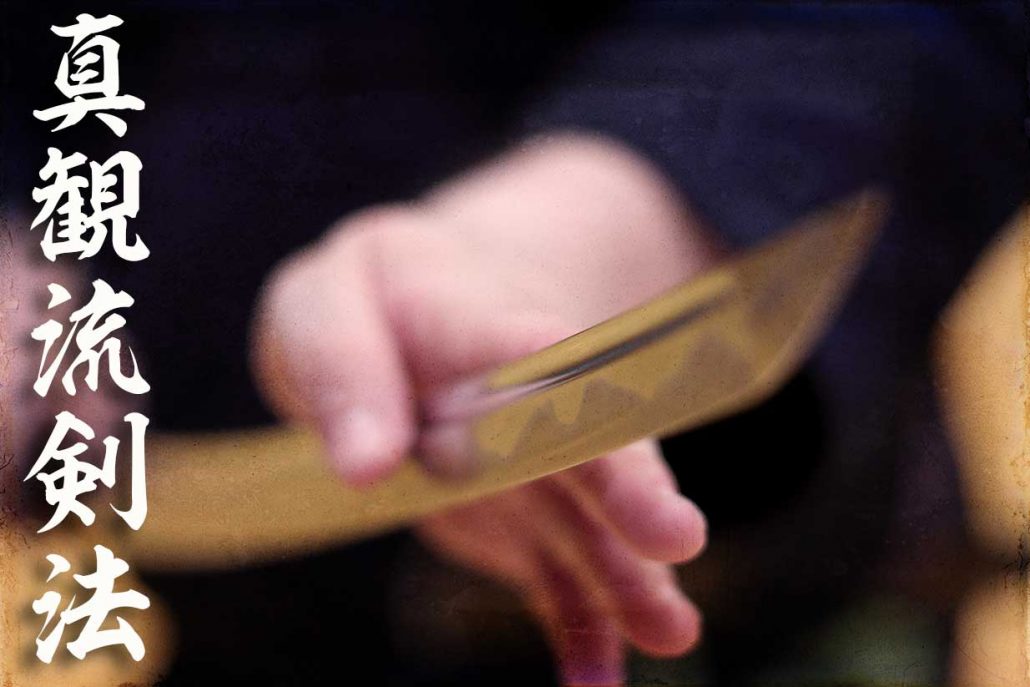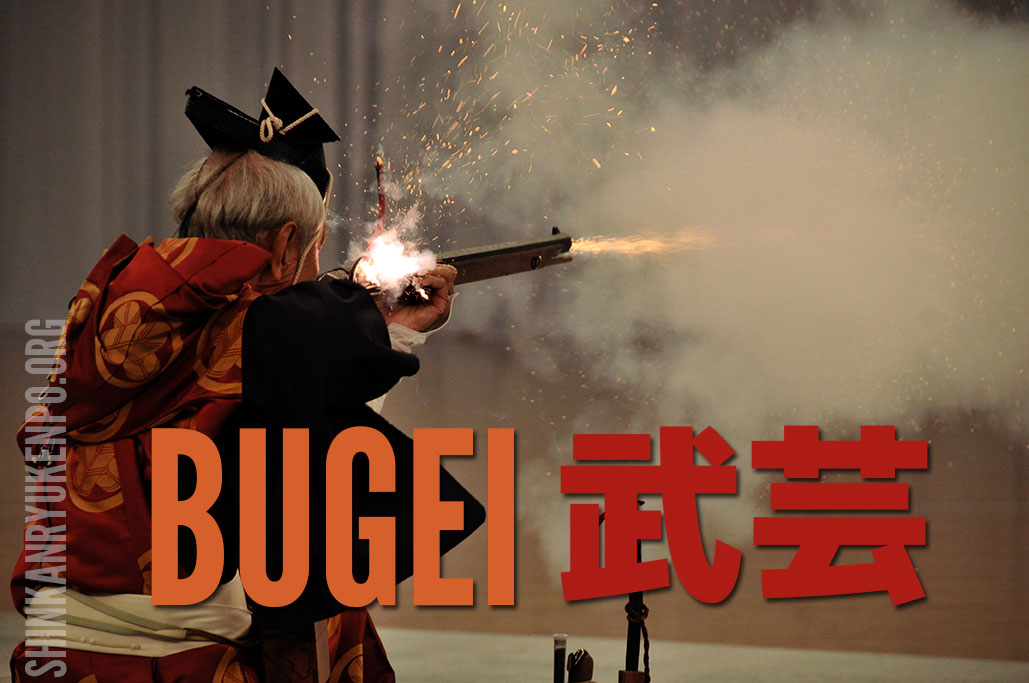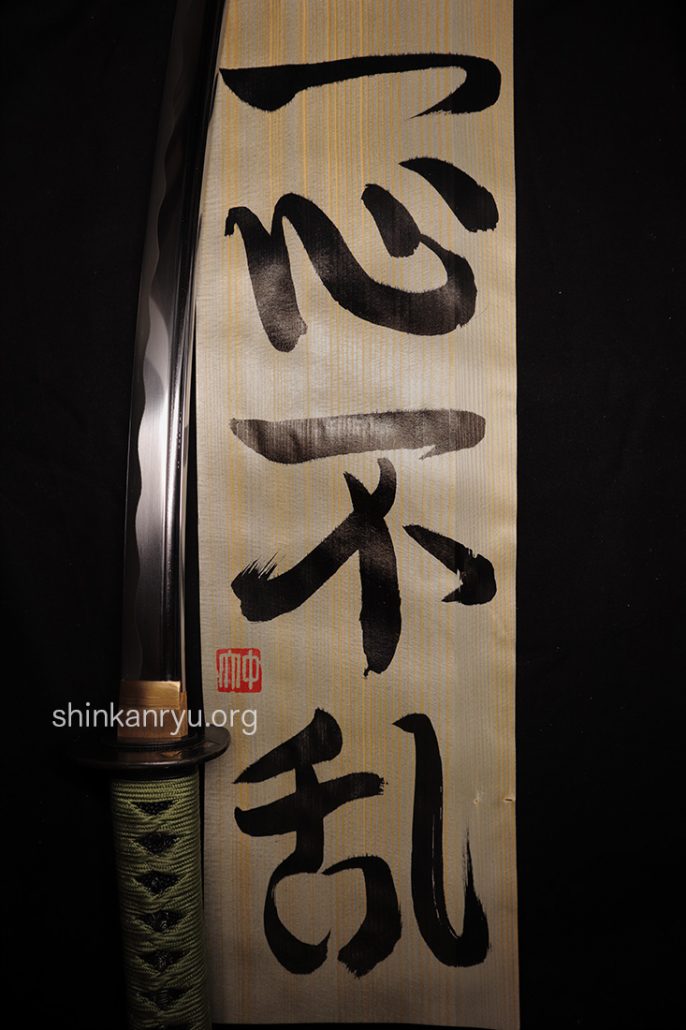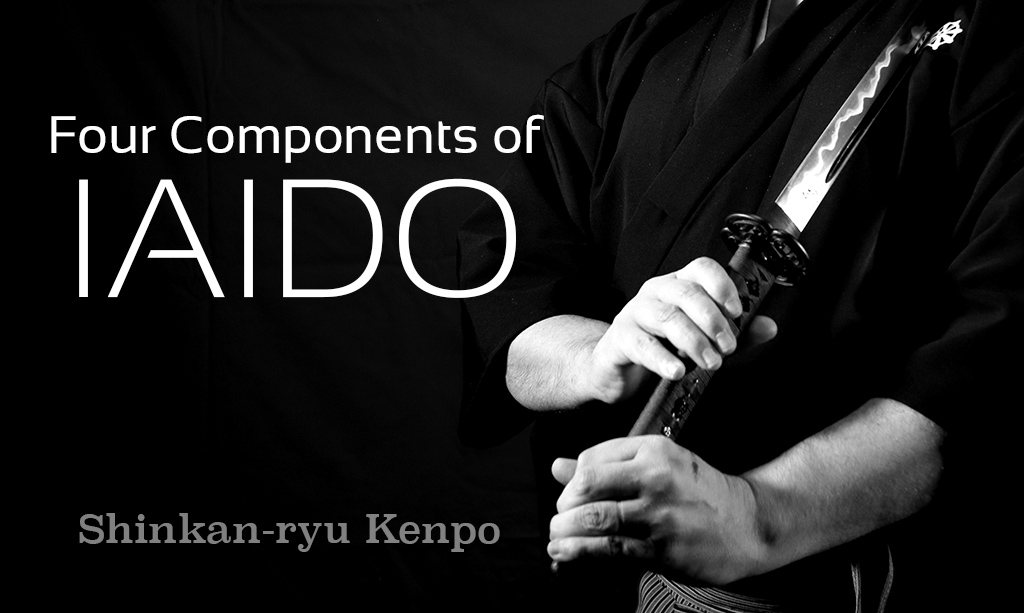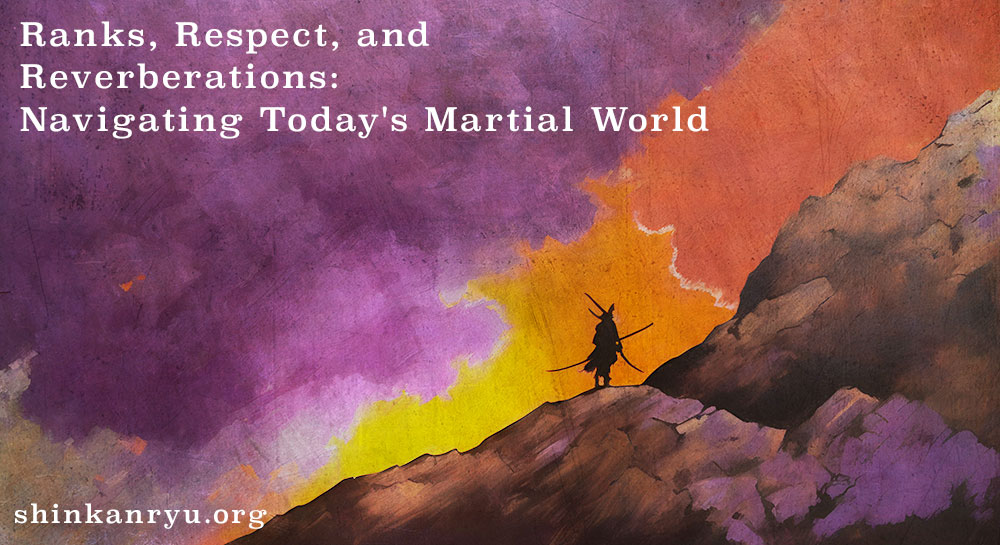Many people study more than one martial art. There can be varied reasons, such as wanting to learn everything you can, rounding out techniques or complimenting styles, and simply out of interest. One reason I have come across is that people seem to equate learning multiple martial arts with being a better martial artist. Within the world of sword practitioners, there might be a notion that studying multiple schools creates a cohesive collection of techniques to satisfy all requirements of swordsmanship. This idea, for example, is that someone studying a certain iaido school wants to learn armored combat with a sword that is not present in their current school's curriculum. They then join another school. What if the short sword is not featured in their first school either? Then they'll have to join yet another school. The ignorance of this is grand. No school teaches everything. There does not need to be one, and you should be fine with that. It is a fool's errand to try to clump together different styles into one Franken-budo as well. Do you have enough time to spread between both schools anyway?
The idea of combining arts in one's life to form a complete system seems to be logical. It is, in fact, a waste of time unless you have no job or responsibilities and can devote 100% of your life to it. There is almost no end to trying to be complete. If you want to learn the arts of the sword, then you have also to learn jujutsu or grappling as the use of the shorter sword and even the long sword demands it. Mixing martial arts together without understanding what you are doing is akin to mixing paints without any skill. In the end, you get the color of poop.
There is a danger in dojo hopping, rushing around gathering techniques and systems. You must have time to understand the school's ideas. These koryū or kobujutsu arts require some time to explore their depths. The techniques of Tatsumi-ryū are not complimentary or interchangeable with Musō Jikiden Eishin-ryū or Shintō-ryū. One must have at least five to eight years in one system to get it down before moving on and acquiring the next. It is quite a grave matter to gather something from one school and prematurely set off to gather another school's techniques. Techniques were not made to be put into a bag and combined. They are not exactly Legos. There are many concepts to explore as they are not superficial acrobatics. Mixing and polluting techniques is a grave problem bugeisha should be aware of. I will use the analogy of painting again. Imagine doing a watercolor and then quickly doing another watercolor and laying it on top of the first one. The second painting will bleed into the paper of the first one. I disagree with budo collecting and the idea of it. Those that think it is not a waste of time are quite simple in their knowledge of what classical martial arts are.
Martial Multitasking
The time you have to spend on practice is paramount. If you split your time between two schools, it can damage your training in the other. Having a family and job and two martial arts is an extremely full endeavor. The likelihood of mixing postures is great. It is quite hard to change styles on a Tuesdays and Thursdays night. Switching mindsets and kamae is not easy.
Being in two schools simultaneously means you will have conflicts of schedule at some point. It is rude and improper not to attend some school functions because the other school is having one. Missing an enbu because your other school has a promotional testing event is all too common a problem with people splitting themselves between schools. I once knew a practitioner in Japan that could not understand this. He became annoyed when his sempai in one school asked him where his loyalties lay. That person went on to try to study in four schools at once. It is extremely greedy and foolish. I have never had the idea to split myself between schools, and for that, I am thankful. I enjoy steeping myself into the techniques of one school. We are all well-intentioned, but putting our fingers into too many pies will not lead to success. Many classical schools in Japan frown upon that or might not even allow you to join while engaged in training at another school. Even if its a separate discipline.
Greed & The Empty Pockets
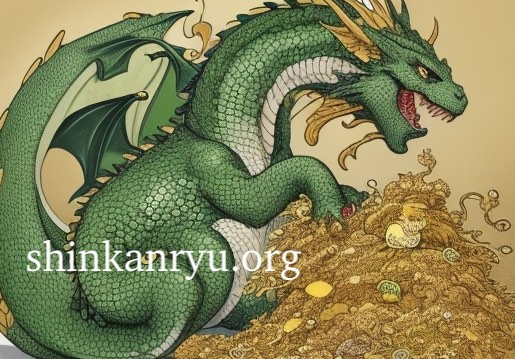
There is an issue of greed. This greed to learn many things is not always a righteous desire. It also creates issues of money. Is it a luxury you have to burn? Is it stretching your bank account too thin? Where is the desire to learn many things at once come from? Acquiring many different arts does not equate to something better than one art deeply studied. We are all familiar with the phrase, jack of all trades, master of none.
When the right time is the right time.
You might be better off branching out when you have sufficient experience in one system. Your current iaido system, for example, might not teach jojutsu. After time in iaido, then joining another school and adding jojutsu is certainly ok. Joining them both while proficient at neither usually makes things difficult on many levels. If your school has multiple disciplines, it might be good. Many classical schools feature more than one weapon discipline. A sword school, for example, might also practice naginata-jutsu or jojutsu or kendō.
Always talk to your teacher about practicing at another school or your desire to learn a different weapon etc. It is hard to be a master of many things. Usually, one or two things are enough. Have patience and take your time to learn a style well. Choose the right time to add something.
There are some people engaged in sword practice that think there is a need for an ultimate system that combines everything in one system; armored, unarmored, long and short sword, iaijutsu, and kenjutsu. It has not existed and doesn't exist, and no one should be striving to build one. Armored combat stopped being a thing by 1603 in Japan. If you have a fetish for samurai armored warfare, find a school in Japan that specializes in it. There isn't a lot to choose from, and you will likely realize how empty a pursuit it is trying to fill in the gaps. Learning one style and another style means you are learning two different styles. That is not so bad but do not think it rounds out your training. Armored sword combat has different rules and equipment than unarmored sword combat. All solid teachers that I have met have focused their efforts.
It is sometimes beneficial to try out other arts and find what you like. Sometimes you find something soon, and there is no need to dabble in other things. Taking on the responsibility of joining a secondary school while still remaining in the first is something to consider deeply. Review your reasons and your finances as well as your time. Think earnestly about what you would do if a conflict arises and one teacher or school has to be snubbed for the other.
There is, of course, nothing wrong with studying two arts at the same time, but to think you are deeply involved with both if you don't have sufficient time is a lie only you believe. Be careful of the danger of packing in too much information. In Shinkan-ryū Kenpō, as with some other kobujutsu arts, we focus on this art only, and guidelines do not permit us to be involved in other martial arts and schools.
Each classical martial art system is a unique existence. The knowledge of each is buried under many hundreds if not thousands of hours of keiko and contemplation. It does not do them any justice to be plundered superficially for our own greed and gratification.

ラジカスキー真照
館長Saneteru Radzikowski is the head sword instructor of Shinkan-ryū Kenpō. He lives and teaches Iaijutsu and Kenjutsu from Nara, Japan.
What Is A Good Senpai In Budō?
I have discussed teachers and students within martial arts. The senpai-kohai relationship is just as...
Reflections on 31 Years of Martial Arts and 8 Years of Shinkan-ryū Kenpō
不動心 (Fudōshin) – The Immovable Mind As I mark 31 years of practicing martial arts...
Sword Grip Tenouchi Iaido Video
This video describes basic hand grips (tenouchi) for using a katana (Japanese sword).
Learning Iaido Online: The Japanese Art of the Sword
Learning Iaido online is a wonderful challenge. Iaido or Iaijutsu can be deceptively simple in its...
Kesagiri: Anatomy of A Sword Strike
In Japanese swordsmanship, there have been many hundreds of schools. There are, however, only a...
Bushido Chūgi The code of Loyalty
Loyalty is one of the shining points in any list about the virtues important to...
Shu-ha-ri Budo Learning
Budō Practice & Sacrifice
[fusion_builder_container hundred_percent="no" hundred_percent_height="no" hundred_percent_height_scroll="no" hundred_percent_height_center_content="yes" equal_height_columns="no" menu_anchor="" hide_on_mobile="small-visibility,medium-visibility,large-visibility" status="published" publish_date="" class="" id="" background_color="" background_image="" background_position="center...
Happy Setsubun
鬼は外! 福は内! In our house we dont use beans to chase out the demons, we...
Practice. Time Is Fleeting
In #budo as well as life, in general, we should avoid wasting time. We need...
Pain & Training In The Martial Arts
Pain & Training Pain is a universal dilemma. Especially for those in sports or martial...
Guilt and Responsibility
I heard a student say, “If I don’t do any kind of training every day,...
What is Kenjutsu? A guide to Japanese swordsmanship
Kenjutsu (剣術) is the Japanese art of the sword. It is one of the four...
The Warrior Paradox
The True Spirit of Martial Arts: Beyond the Skilled Sword In the world of Japanese...
Maai Combative Spacing
Maai 間合い Combative spacing or maai is important to investigate early on and come to...
True Budo Proper Conduct
True budo, real budo, is about being your authentic and true self. Those of us...
Narrow Minds Walk Narrow Paths
Narrow Minds Walk Narrow Paths There are a lot of martial arts to enjoy. There...
What does Bugei mean?
Bugei translates as Martial art, Military arts, or Arts of war. Bu 武 means warrior...
Bujutsu Thoughts Issin-furan
[fusion_builder_container hundred_percent="no" hundred_percent_height="no" hundred_percent_height_scroll="no" hundred_percent_height_center_content="yes" equal_height_columns="no" menu_anchor="" hide_on_mobile="small-visibility,medium-visibility,large-visibility" status="published" publish_date="" class="" id="" background_color="" background_image="" background_position="center...
Components of Iaido Iaijutsu
[fusion_builder_container hundred_percent="no" hundred_percent_height="no" hundred_percent_height_scroll="no" hundred_percent_height_center_content="yes" equal_height_columns="no" menu_anchor="" hide_on_mobile="small-visibility,medium-visibility,large-visibility" status="published" publish_date="" class="" id="" background_color="" background_image="" background_position="center...
Is Studying Multiple Martial Arts Ok?
Many people study more than one martial art. There can be varied reasons, such as...
Ranks, Respect, and Reverberations: Navigating Today’s Martial World
In the hallowed path of martial arts, the journey has always been as significant, if...


